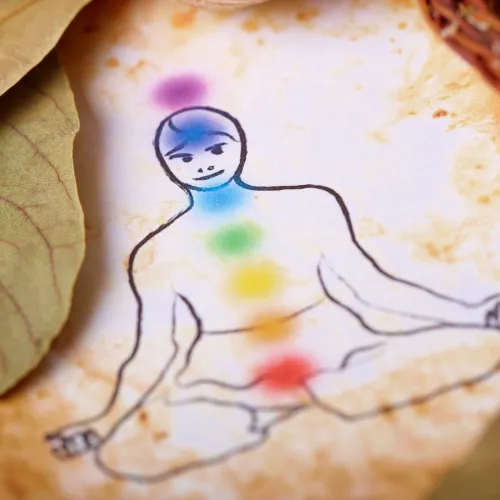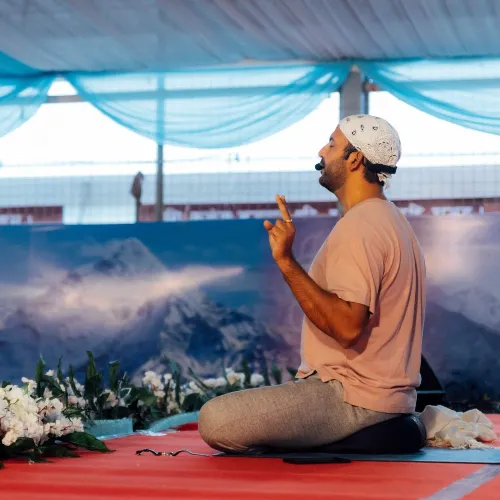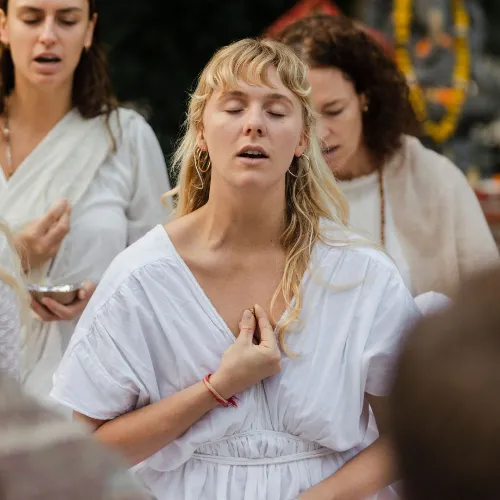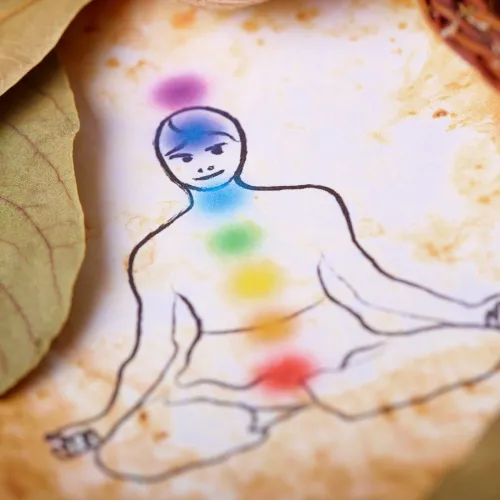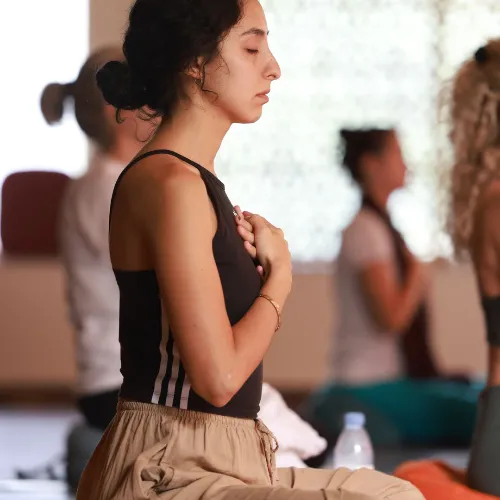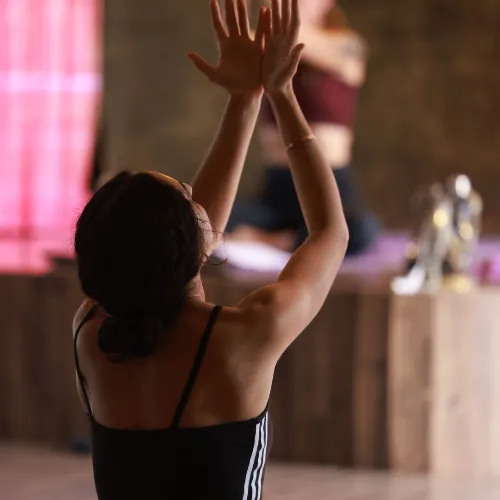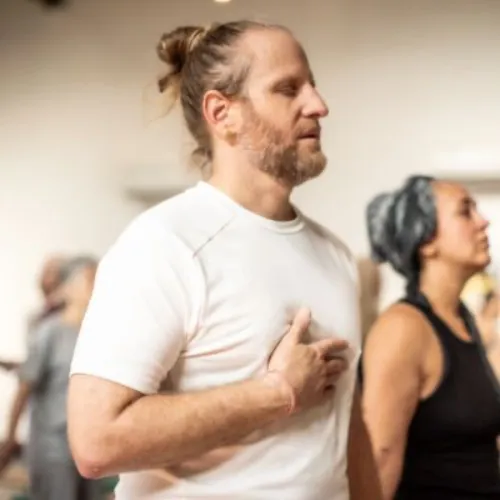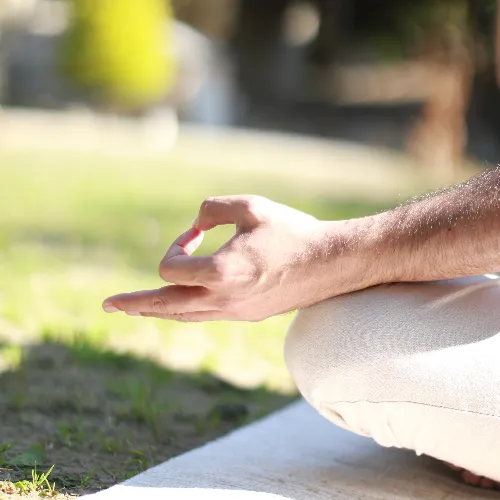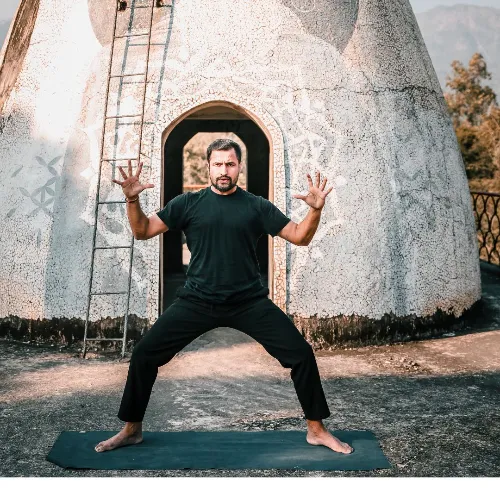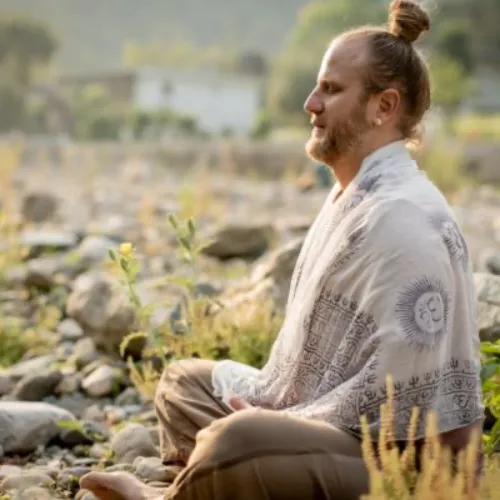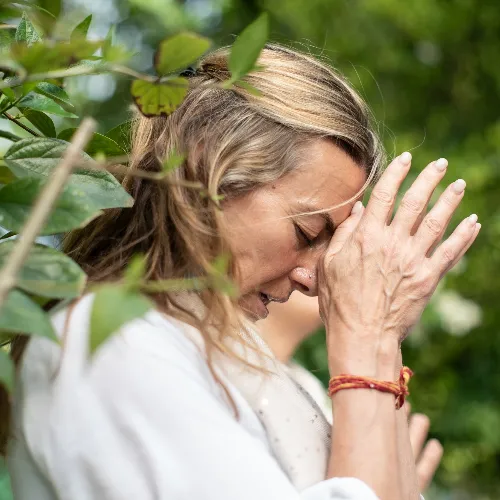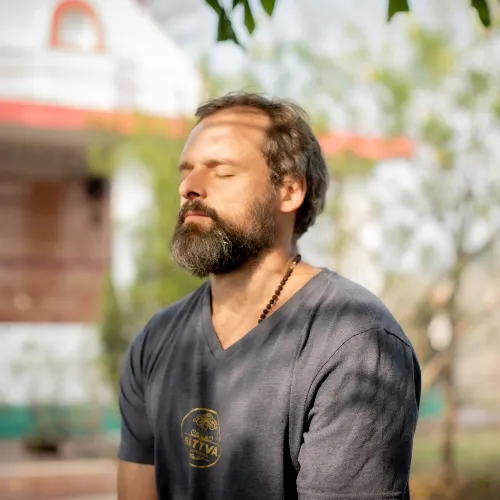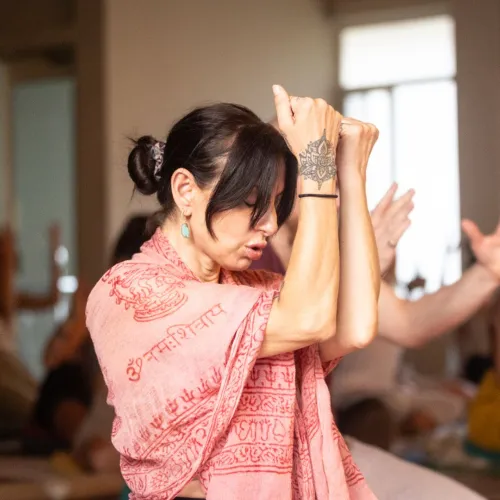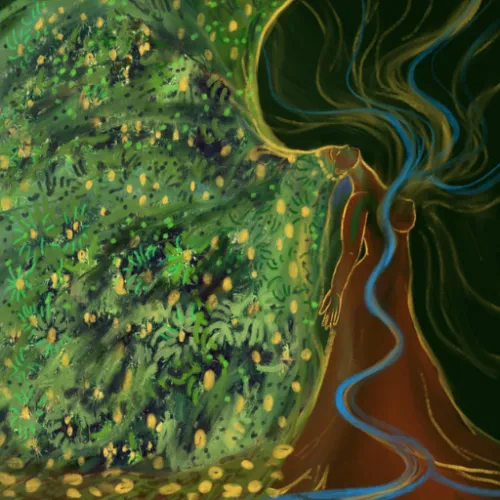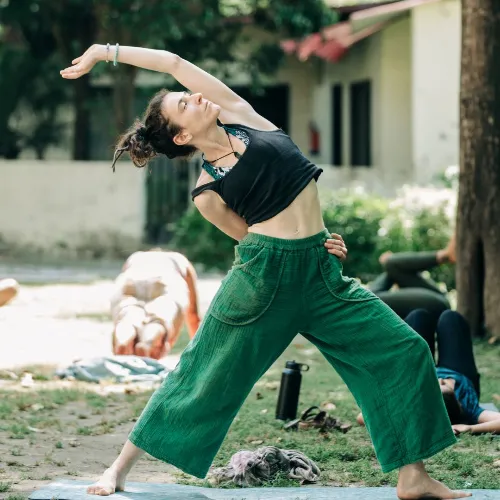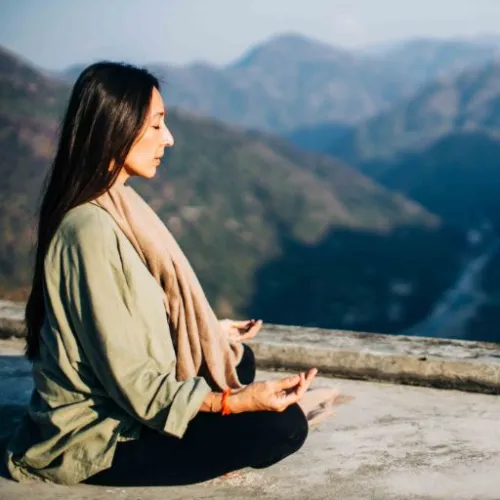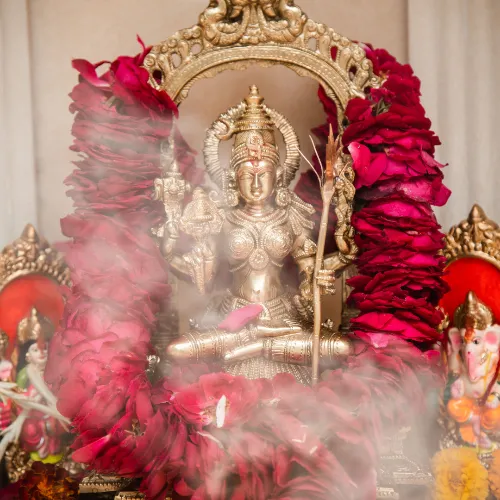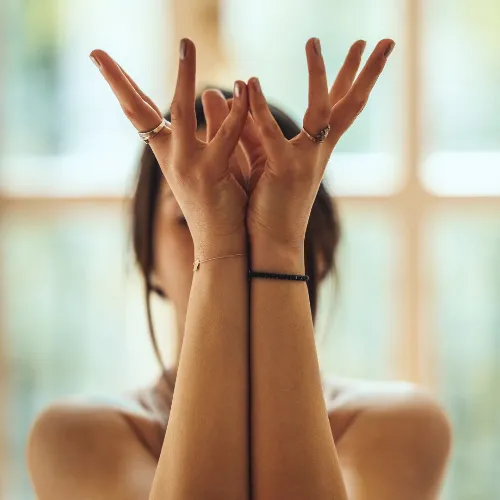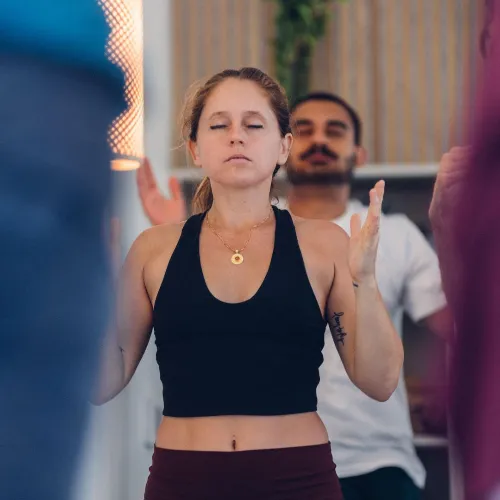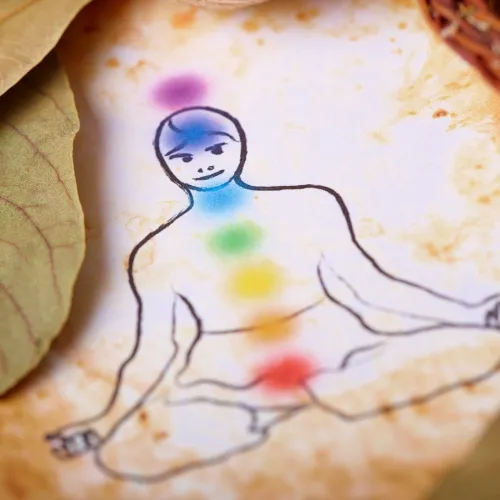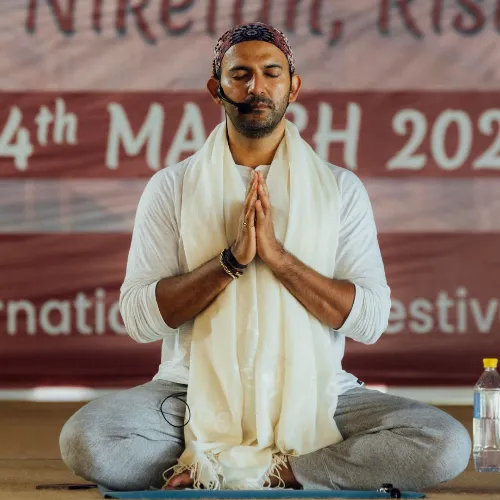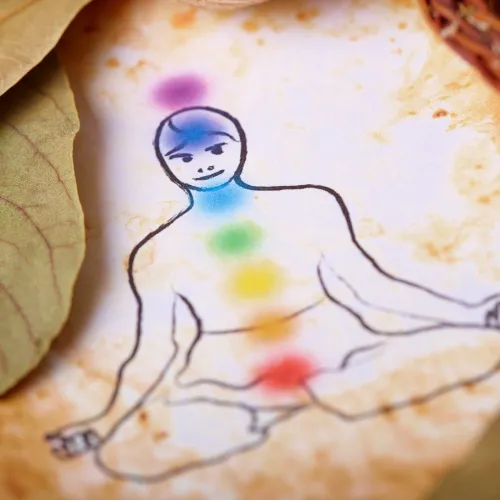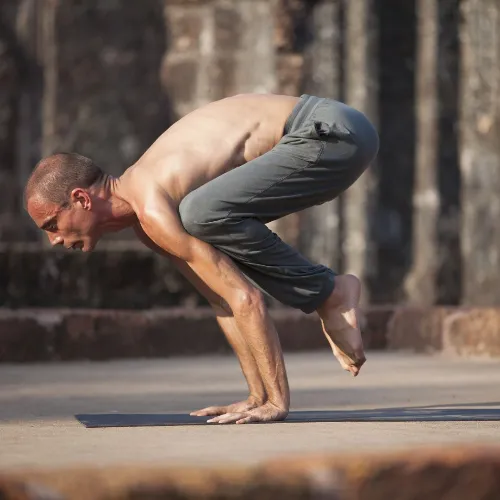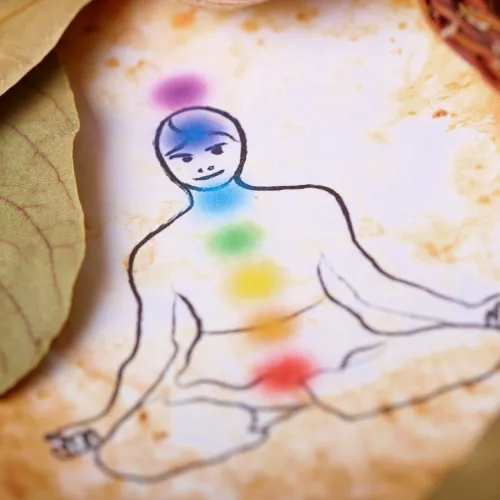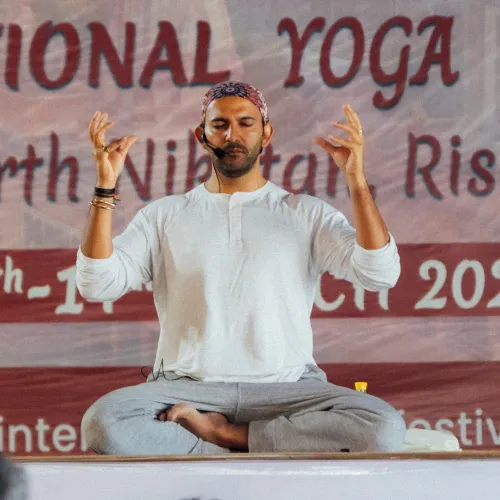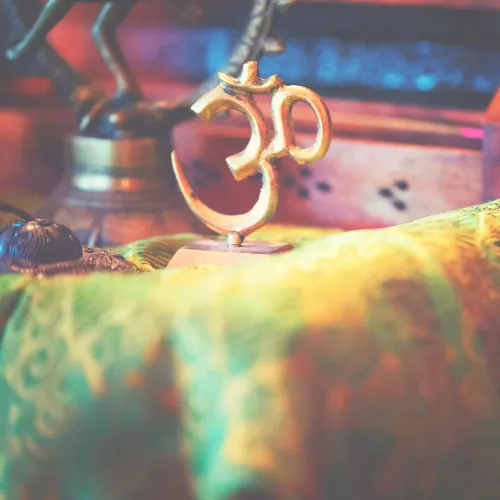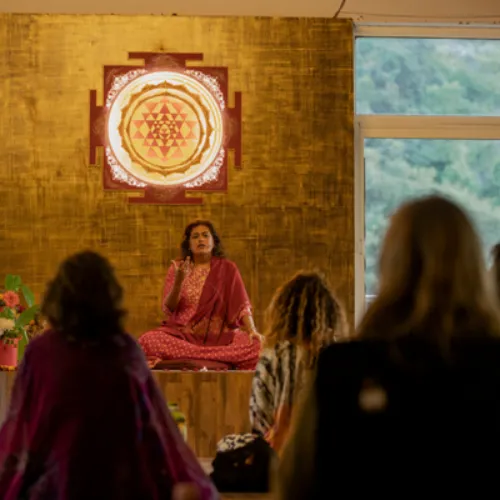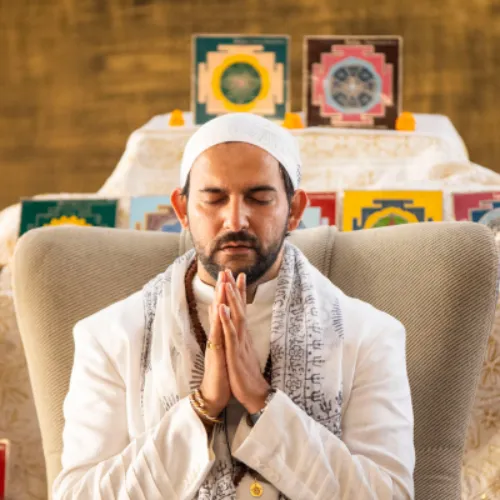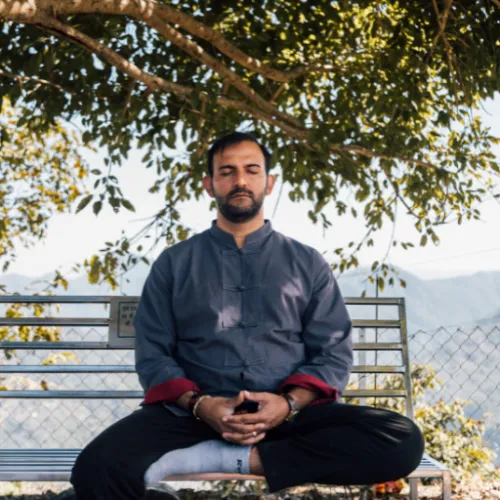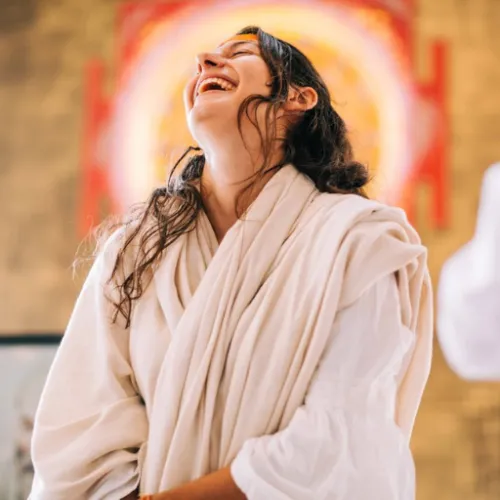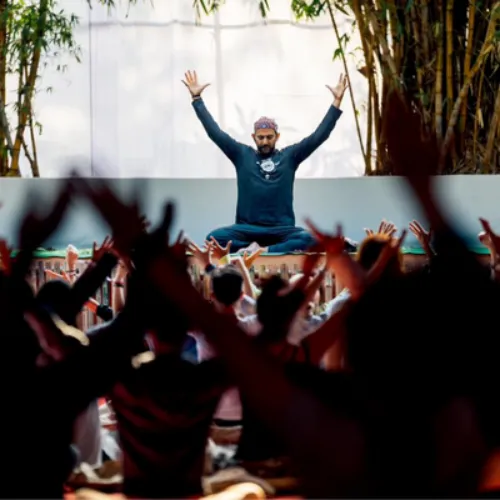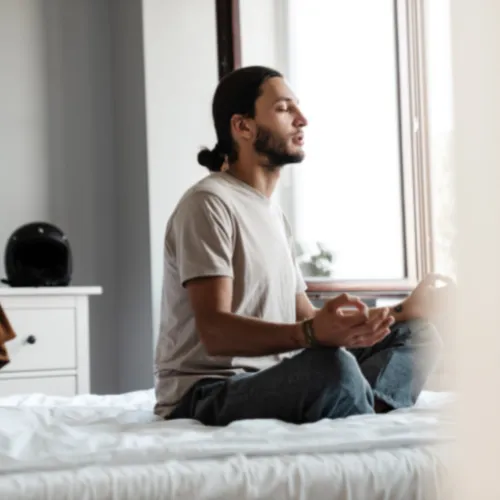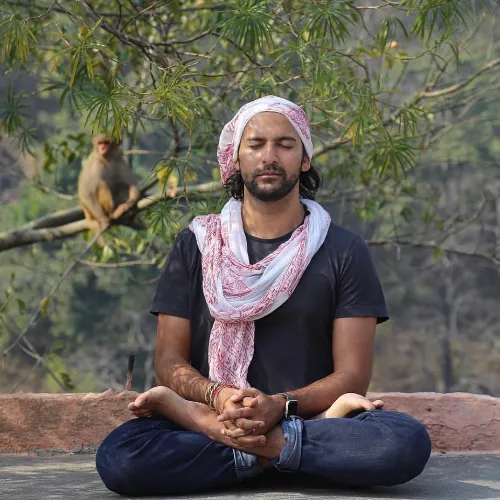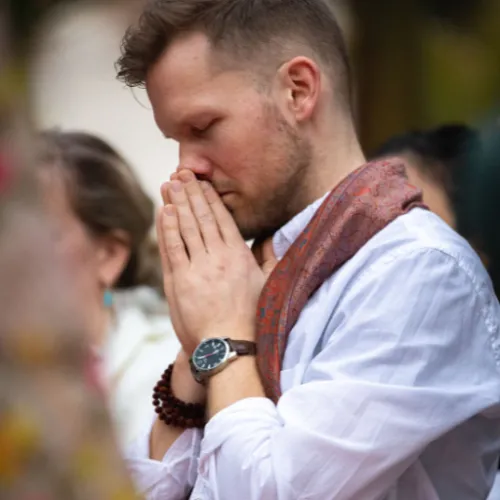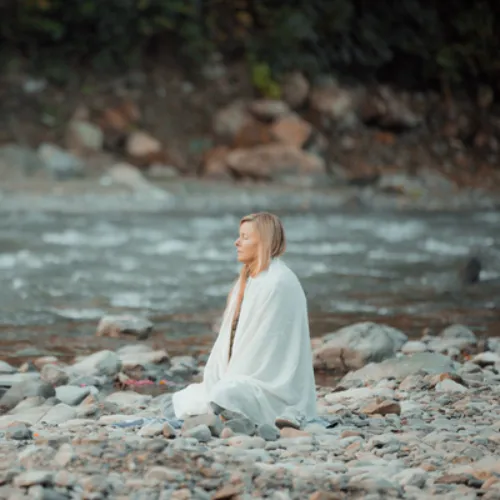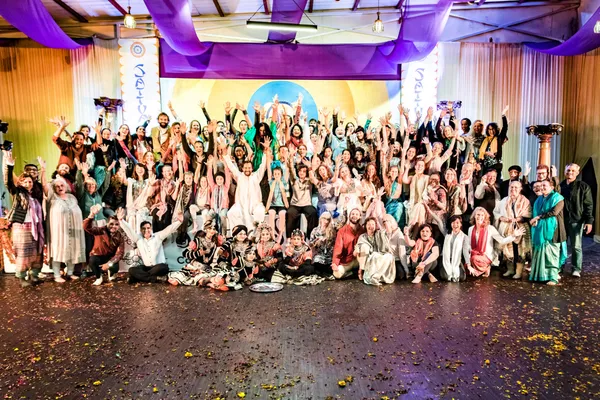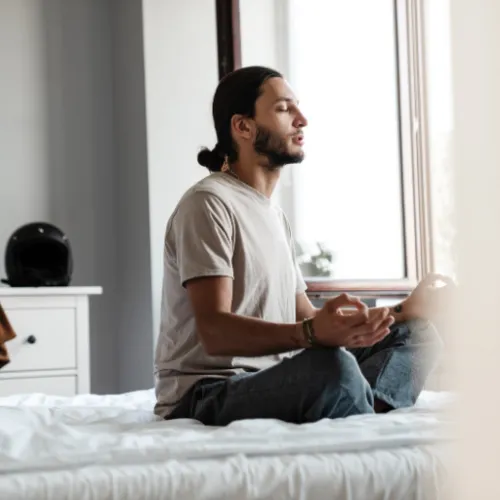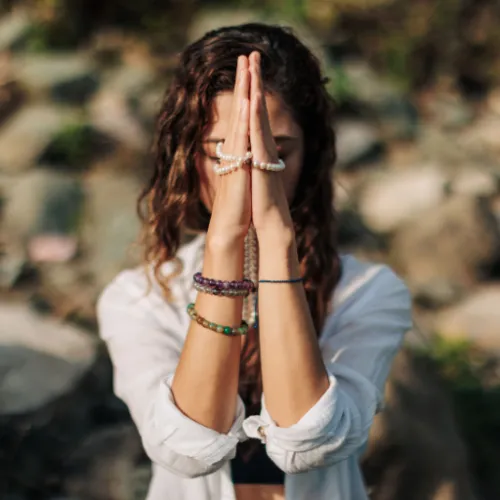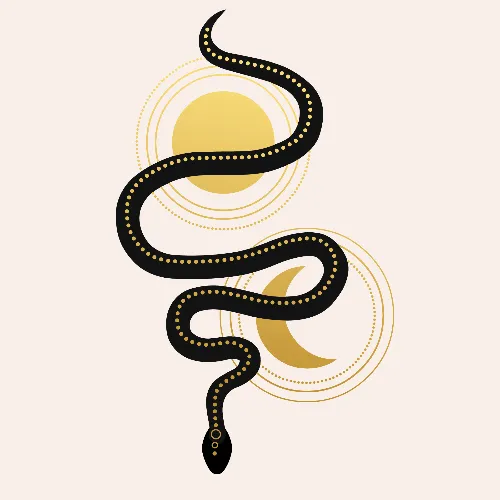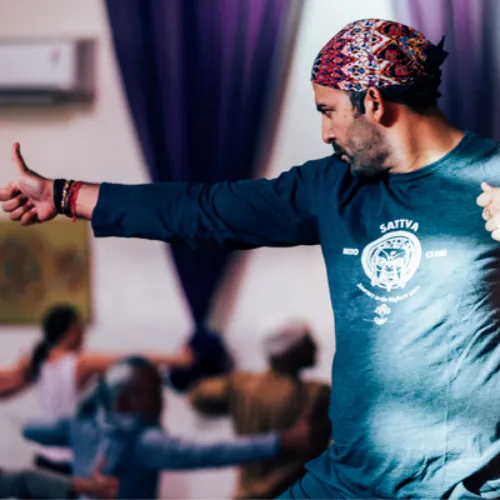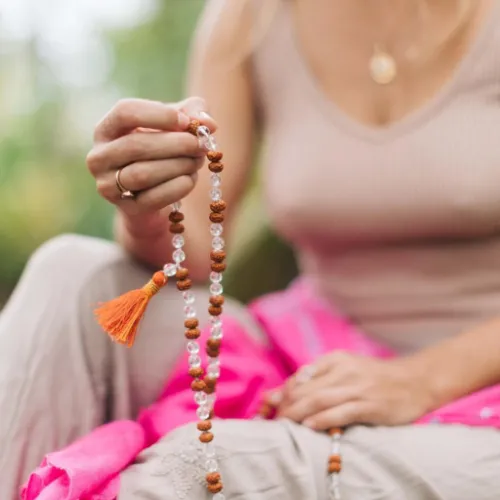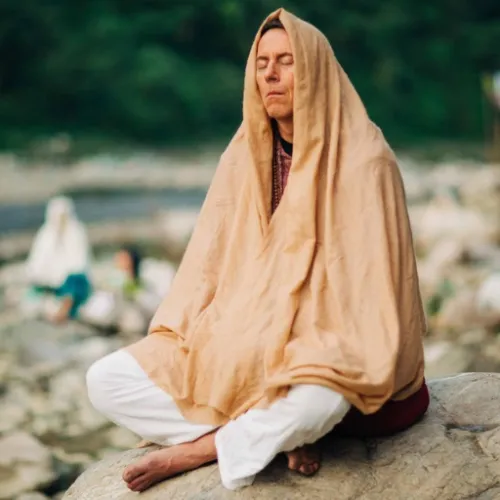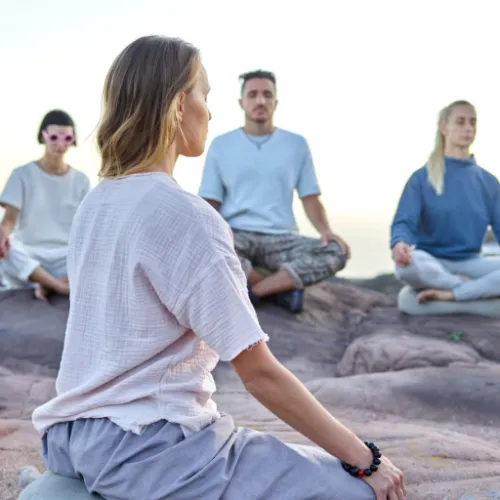

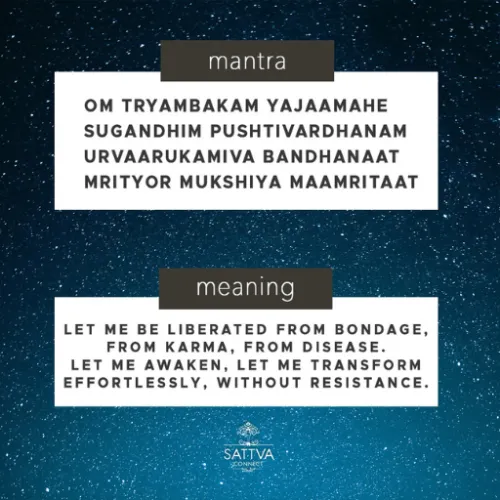
Maha Mritunjaya is a powerful Tantric mantra for Shiva. It gives strong protection, helping you to tune into the healing force of the universe. It cultivates detachment and allows you to move beyond karma.
This sacred verse is mentioned in the Rig Veda, and later recurs in the Yajur Veda and the Atharva Veda. The Mantra has four lines, containing eight syllables each:
Om tryambakam yajaamahe
Sugandhim pushti vardhanam
Urvaaru kamiva bandhanaat
Mrityor mokshiya maam ritaat
The meaning of the mantra
Let me be liberated from bondage, from duality, from cause and effect, from karma, from disease.
As when fruit ripens, it drops from the tree, let me awaken, let me transform effortlessly and without resistance.
I bow to Shiva, to that state of consciousness beyond trinity, within and without.
Who is Shiva?
Shiva is Adiyogi, the first teacher, the first Master of Tantra. Yoga originates from him. He represents nothingness, stillness, silence, and living beyond ignorance and obstacles.
What are the benefits of chanting Maha Mritunjaya?
Chanting this mantra helps to release negativity and lower emotional states. It cultivates detachment and fearlessness. It helps you to move through any fears and become established in equanimity, so you are no-more subservient to circumstances.
It strengthens your energetic field and raises your vibration, helping you to overcome disease, releasing you from entanglement, karmic bondage, so you can step out of the ever-repeating known.
When to chant the Maha Mritunjaya mantra?
You can chant this mantra at any time of the day but it is really great to chant at 4am in the morning, when the veil is thinner. This sets you up for your entire day.
The mantra can be chanted out loud, or silently. If chanting out loud, chant in a deep tone. If you are doing it at 4am, you might want to do it silently.
Continue to repeat the mantra daily until you feel its power growing within you; that silent confidence, that you can be with life, no matter what arises.
Anything else you might need to get started?
A mala is a good way to keep track of how many times you repeat the mantra. Each mala contains 108 beads.
The rudraksha bead symbolizes the 11 Rudras or manifestations of Shiva and so, if you feel charmed, you could use a rudraksha mala, but any mala will suffice, and if you don’t have one that is, also, ok.
Have there been any studies on this?
A 3-year study was done, using the mantra, in Delhi’s Ram Manohar Lohia hospital. 40 patients with head injuries and a score between 4 and 8 on the Glasgow scale (meaning severe coma) were selected for the study.
The 40 patients were divided into 2 groups. One group had the Maha Mrityunjaya mantra recited for them 1.25 lakh times, over seven days. This started within 24 hours of the injury.
The doctors found that patients for whom this was done “showed a dramatic improvement in the Glasgow coma scale and the functional independent measure” in comparison to the group who did not receive the mantra.
To read more, check out this link
If you want to start chanting the mantra today, check out the Mantra Lab on Sattva Connect. You may also join the 40-day Sadhana with Saraswati to invoke the presence of Shiva and cultivate detachement, transcendence, surrender and fearlessness. Detachment is not the opposite of attachment; it is a transcendent level of intelligence. Committ to your evolution now!
FAQs
Q1. What is the Maha Mrityunjaya Mantra?
A: The Maha Mrityunjaya Mantra is a powerful Vedic chant dedicated to Lord Shiva, known as the "Great Death-Conquering Mantra." It is believed to offer protection, promote healing, and help overcome the fear of death.
Q2. What are the benefits of chanting the Maha Mrityunjaya Mantra?
A: Regular chanting of this mantra is said to:
Q3. How should one pronounce the Maha Mrityunjaya Mantra correctly?
A: Proper pronunciation is crucial for the mantra's effectiveness. Focus on learning each of the 32 syllables separately, mastering the rhythm and flow, and maintaining correct intonation.
Q4. When is the best time to chant the Maha Mrityunjaya Mantra?
A: The most auspicious time for chanting is during Brahma Muhurta, approximately one and a half hours before sunrise. This early morning period is believed to amplify the mantra's potency due to heightened spiritual energy.
Q5. How many times should one chant the Maha Mrityunjaya Mantra?
A: For beginners, chanting the mantra 11 times is a good starting point. As you progress, you can increase to 27 repetitions for intermediate practice and 108 times for advanced practice. The quality and devotion of your chanting are more important than the quantity.
